Are you leaving value on the table after the build?
In the metals, energy, and infrastructure sectors, capital projects often take center stage. New facilities, major upgrades, and expansions are seen as the headline-makers—the moments that define progress. But the real story begins after the ribbon is cut.
Operations support is too often viewed as a secondary service, a reactive measure to keep things running. But this mindset leaves value on the table. In reality, operations support is a strategic lever for asset owners. Typically, 10% of an asset’s life-cycle cost is in the design and construction, while 90% comes from operations, maintenance, energy, and support. Operations support protects this investment and ensures long-term resilience. When integrated thoughtfully, operations support complements and enhances capital investments, turning good projects into great ones.
The benefits of operations support are found in the avoided failures, the extended asset life, the smarter decisions made in real time. These are the wins that may not make headlines, but that ultimately define the long-term success of a project.
Much of the focus in operations support has turned to the integration of digital tools and AI to find efficiencies or incremental improvements in procurement or supply chains. But without the right partners to understand the specifics of each site, these tools provide limited value. At the end of the day, it’s about the operators. About people. About getting back to the basics of building the right teams and partners with the right intelligence and insights. No machine can replace that.
The best engineering partners are constant collaborators. When experts are embedded in your operations, they gain a deep understanding of your ecosystem: your processes, your constraints, your goals. This proximity leads to smarter design decisions, faster problem-solving, and more effective interventions.
A notable example of our enduring client relationships is our multi-decade collaboration with a leading metallurgical organization.
Hatch operates a permanent office near one of the complexes, providing integrated support across operations, sustaining capital initiatives, and major capital projects. This embedded services model enables us to remain closely aligned with the organization’s strategic and operational priorities, fostering deep relationships and responsiveness.
Our collaborative approach includes the deployment of structured methodologies, which establishes annual performance objectives and cost-efficiency targets for all project phases. Through rigorous evaluation of design alternatives, scope optimization, material selection, and schedule refinement, we consistently identify opportunities to reduce total installed costs.
In 2024 alone, we executed 46 FEL1-FEL3 studies, 45 FEL4 implementations, and more than 150 technical assistance mandates.
These efforts have yielded substantial value, with implemented cost-saving and cost-avoidance strategies typically saving up to 20% of the annual capital plan.
This example illustrates a powerful truth: operational intelligence protects asset value. And when these insights are considered during the design phase, they lead to smarter, more resilient infrastructure from the start. Engineers who understand how assets behave over time bring a practical edge that elevates design from theoretical to truly functional.
Our approach delivers tangible benefits, reducing the learning curve for new projects, accelerating response times, and ensuring that every decision is informed by deep operational knowledge. And when it’s time to use digital tools and AI, we incorporate that deep operational knowledge to build systems that work and provide real value. The successful implementation at MMG’s Dugald River, where we implemented groundbreaking AI-assisted process control, is a perfect example. Guided by operational, process, and machine learning expertise, we developed and deployed a closed-loop AI system capable of accurately modeling flotation behavior and autonomously selecting optimal setpoints, all in real time and completely integrated into the control layer.
The future of industrial performance will not be shaped by isolated fixes or short-term gains. It will be defined by bold, integrated strategies that connect design, operations, and transformation. As industries evolve, the winners will be those who treat operations as a foundation for innovation. They will choose partners who understand the full life cycle of their assets, who bring both technical depth and strategic foresight, and who are willing to stand shoulder-to-shoulder through every challenge. Boldly. Fearlessly. Leading what’s possible.
Explore more: Annual review 2025
- PROJECT
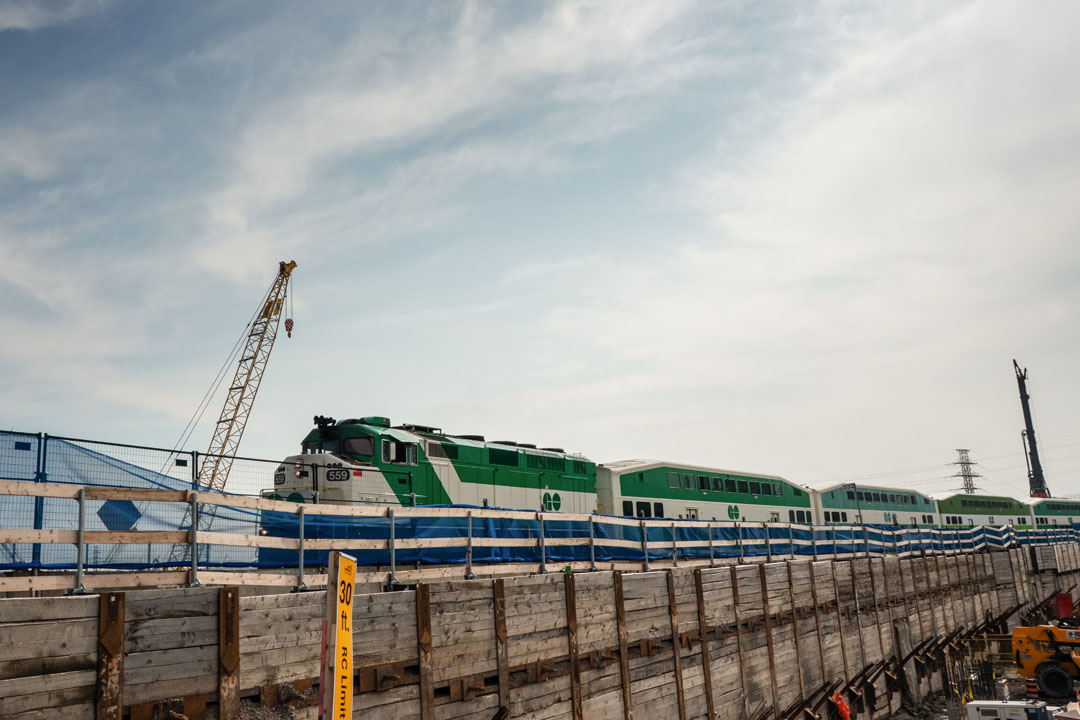
East Harbour Transit Hub
- INSIGHTS
Efficiency by design: Delivering Capital projects in today’s markets
- PROJECT
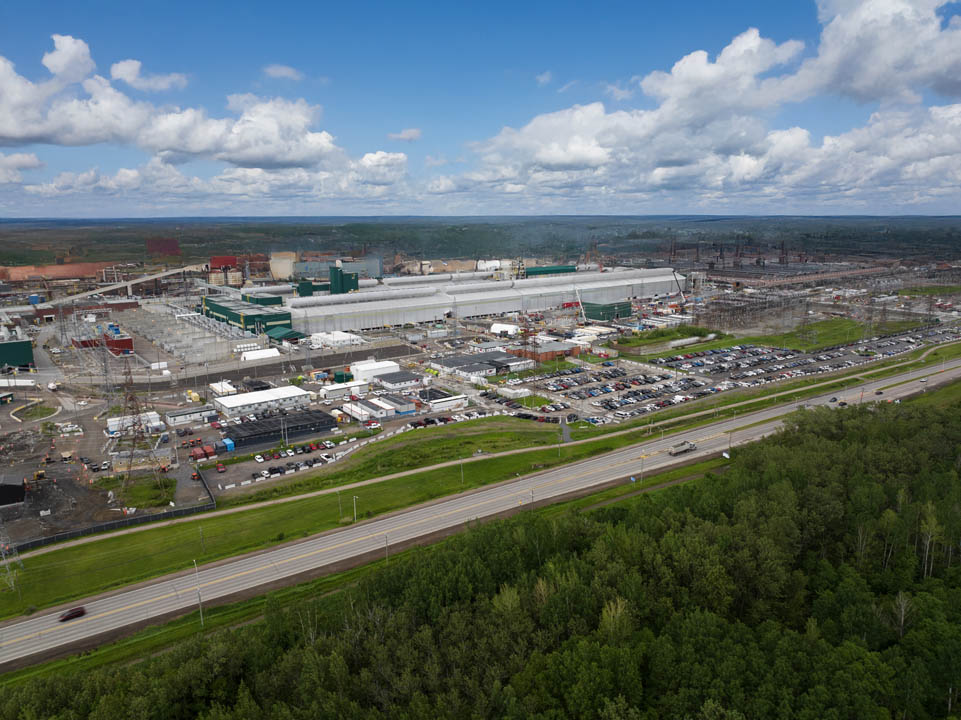
AP60 Expansion Project
- INSIGHTS
Ushering in a new era of intelligent risk-based decision making in construction
- PROJECT
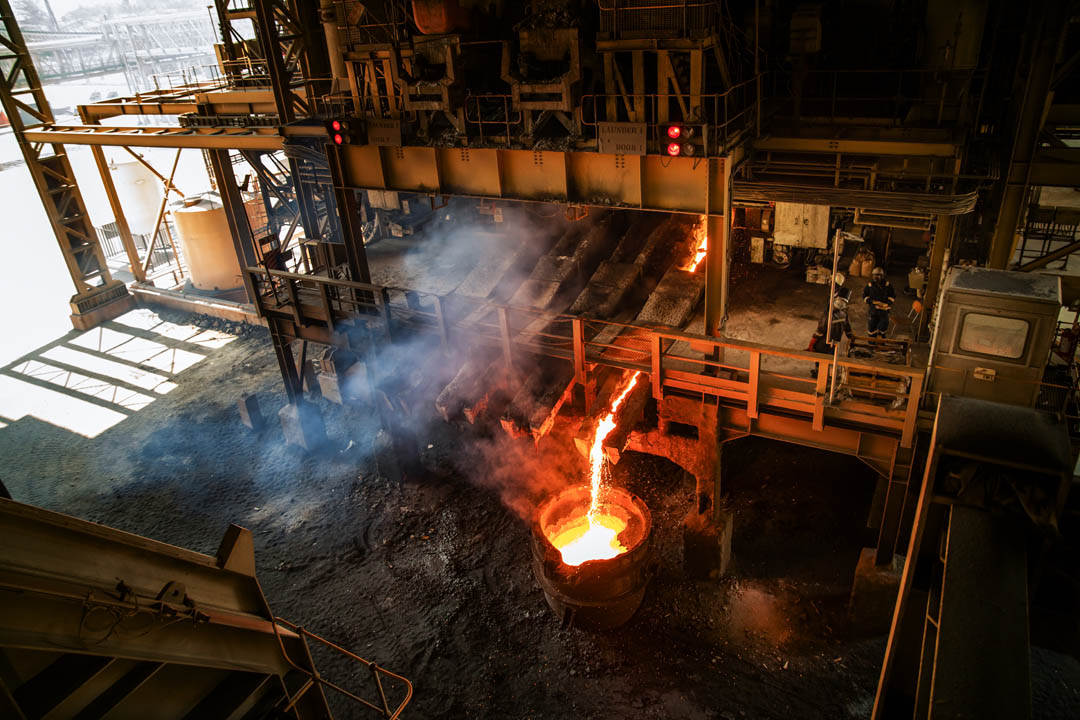
Zimplats Smelter Expansion
- INSIGHTS
Contractor delivery for successful project outcomes
- PROJECT
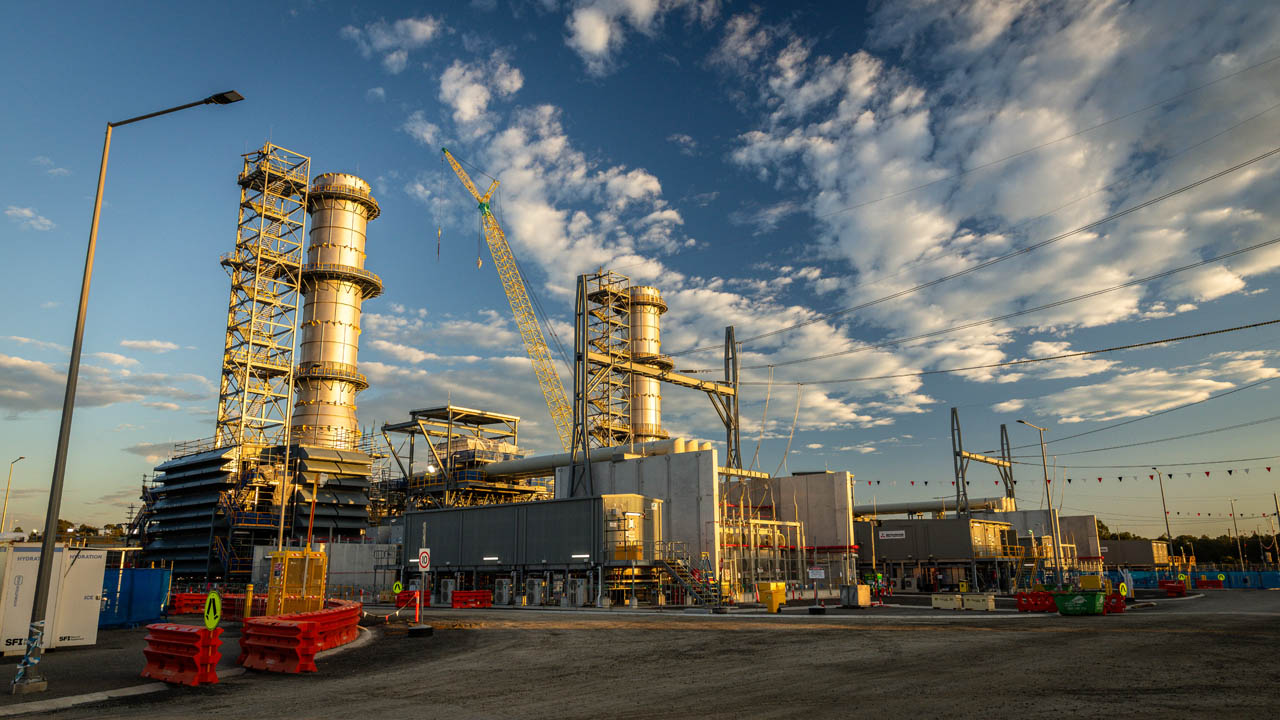
Hunter Power Project
- INSIGHTS
Are you leaving value on the table after the build?
- INSIGHTS
AI breakthrough in mineral processing unlocking millions in value
- INSIGHTS
The faster, the better? The intersection of rapid delivery and responsibility
- PROJECT

Newmont’s Yanacocha Water Transition Projects
- PROJECT
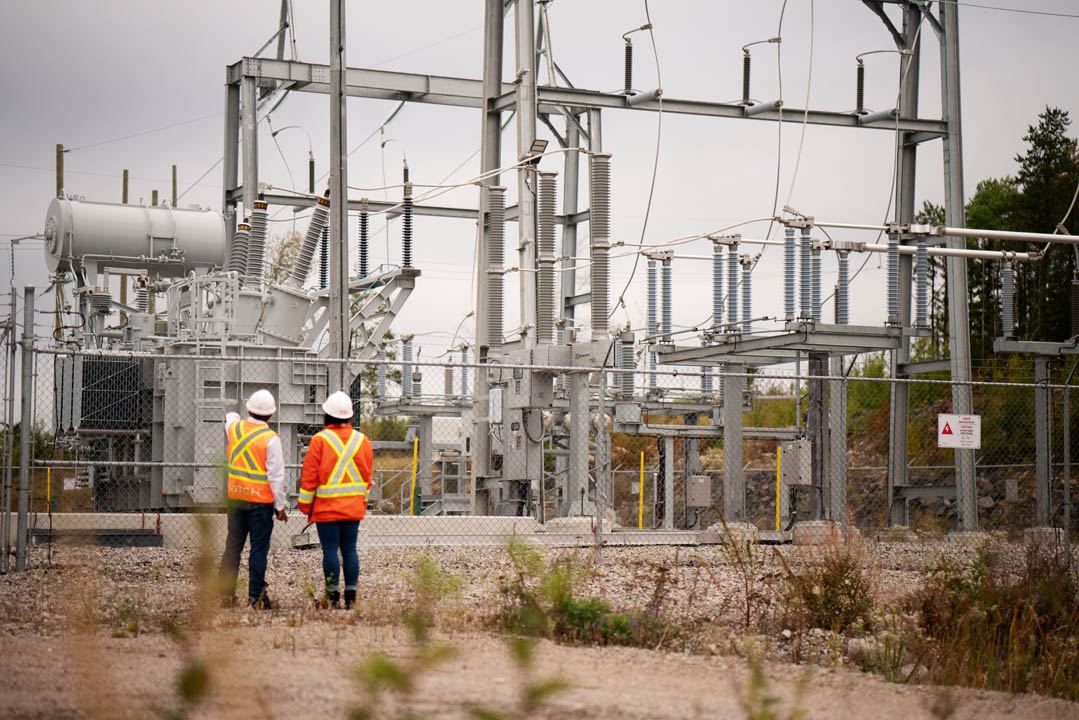
Wataynikaneyap Power Transmission Project
- PROJECT

Sound Transit’s System Expansion